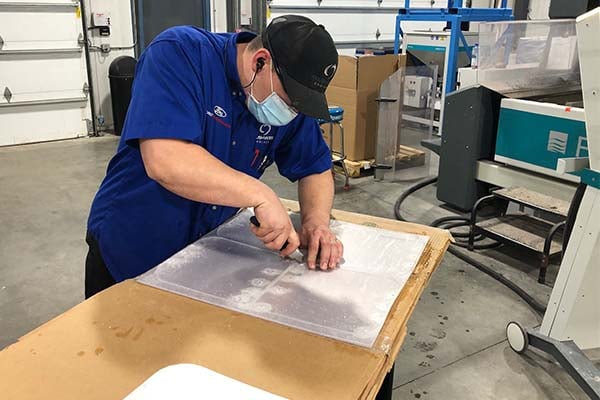Businesses have complex structures with many moving parts and countless data points from diverse sources. When adding the inventory, raw materials and production planning requirements of manufacturers to already complex business processes, this amount of data can become quickly overwhelming. Forward-thinking manufacturers are finding that by leveraging business intelligence software, they’re able to take the thousands of data points that flow through their business every day and use them to get a snapshot of their business and plan for the future. By getting a clear picture of their business, modern manufacturers are able to plan and prepare for eventualities such as the COVID-19 pandemic, global supply shortages and other unforeseen circumstances that may arise.
The COVID-19 pandemic made Ford racing engine manufacturer, Roush Yates Manufacturing rethink their manufacturing strategy. Roush Yates machines high performance engine components for the aerospace, defense, medical, industrial, and automotive industries. To optimize their machine shop during uncertain times, Roush Yates turned to Sage Enterprise Intelligence to regularly run reports that help them to review the optimization of equipment based on alternative routings. Sage Enterprise Intelligence is complementary to their Sage X3 ERP solution.
“We can quickly compare several scenarios to determine efficiencies in time and material. We use SEI reports daily to determine cost variances and determine root causes for the variances.”
Mary Ann Mauldwin
Chief Operating Officer at Roush Yates
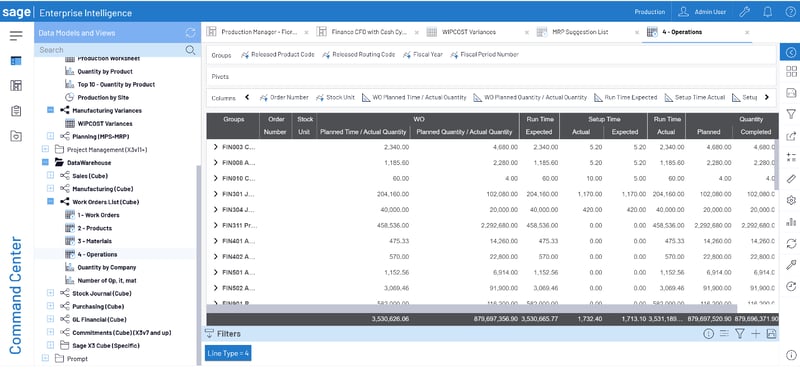
These reports enable the team at Roush Yates to review current lead times from suppliers, landed costs and other supply chain variables to make purchasing decisions. Sometimes the proprietary nature of the part dictates the urgency of making the part in house, and by being able to quickly compile all of this data into daily reports the team can make those decisions quickly to avoid delays to the customer.
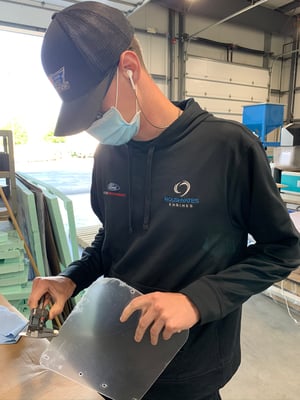 When the pandemic hit the US, Roush Yates was able to use their Sage Enterprise Intelligence reporting capabilities to proactively plan for disruptions to their production activities and mitigate the impacts that it would have on their existing contracts with customers. With the sudden interruptions to the global supply chain, like many other manufacturers, Roush Yates had no idea what would happen with raw material availability as well as the health of their employees and the size of their workforce. Using their SEI reports, Roush Yates ran risk assessments to review material lead time, evaluated cash flow required to invest in material, and their critical resources to meet delivery dates. By taking this data-driven proactive approach to the COVID-19 crisis, Roush Yates was able to not only fulfill existing customer engagements but to continue to grow their business into different vertical industries (Link other Post).
When the pandemic hit the US, Roush Yates was able to use their Sage Enterprise Intelligence reporting capabilities to proactively plan for disruptions to their production activities and mitigate the impacts that it would have on their existing contracts with customers. With the sudden interruptions to the global supply chain, like many other manufacturers, Roush Yates had no idea what would happen with raw material availability as well as the health of their employees and the size of their workforce. Using their SEI reports, Roush Yates ran risk assessments to review material lead time, evaluated cash flow required to invest in material, and their critical resources to meet delivery dates. By taking this data-driven proactive approach to the COVID-19 crisis, Roush Yates was able to not only fulfill existing customer engagements but to continue to grow their business into different vertical industries (Link other Post).
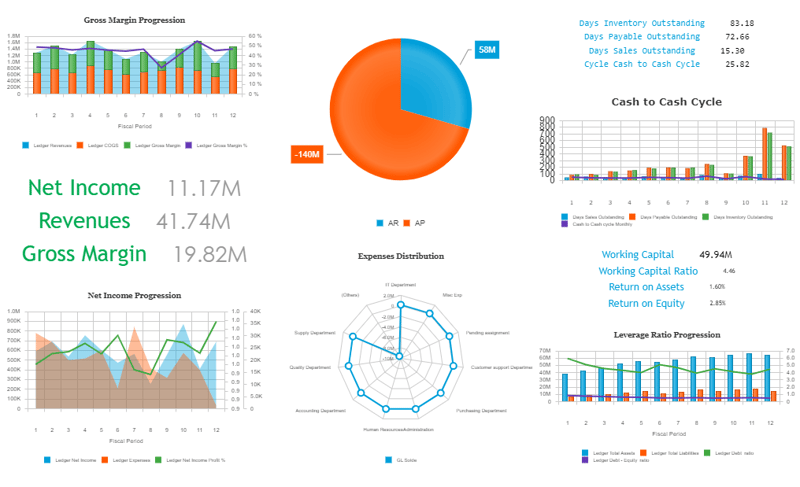
The current volatility in business can quickly expose a company’s weaknesses. By being prepared for the typical challenges that come from global supply chain disruptions, Roush Yates was able to quickly respond to the unforeseen deficits in their business and ultimately improve their existing processes. Roush Yates has made changes to their external operations by improving contingency plans for material and securing secondary outsource suppliers. They were able to use their reports to optimize their workforce as well, by cross-training employees to run different equipment and encourage work schedules to allow operators to run multiple machines.
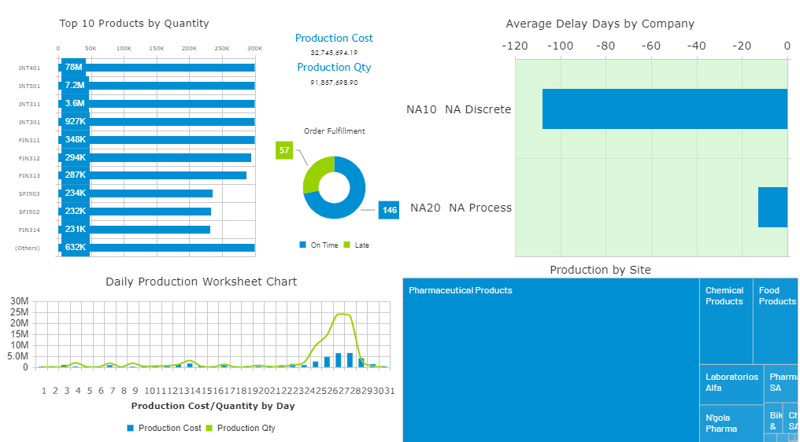
Modern manufacturers need to be forward thinking, now more than ever, ultimately leveraging Sage Enterprise Intelligence to gather their data into daily reports allowed Roush Yates Engines to make actionable decisions in real time. When COVID-19 took hold of the US, they were able to meet challenges head-on and make quick changes to their operations in order to allay the damage to their supply change and threat to their workforce caused by the pandemic.


